Ecuador City & Culture

Tourism Sites
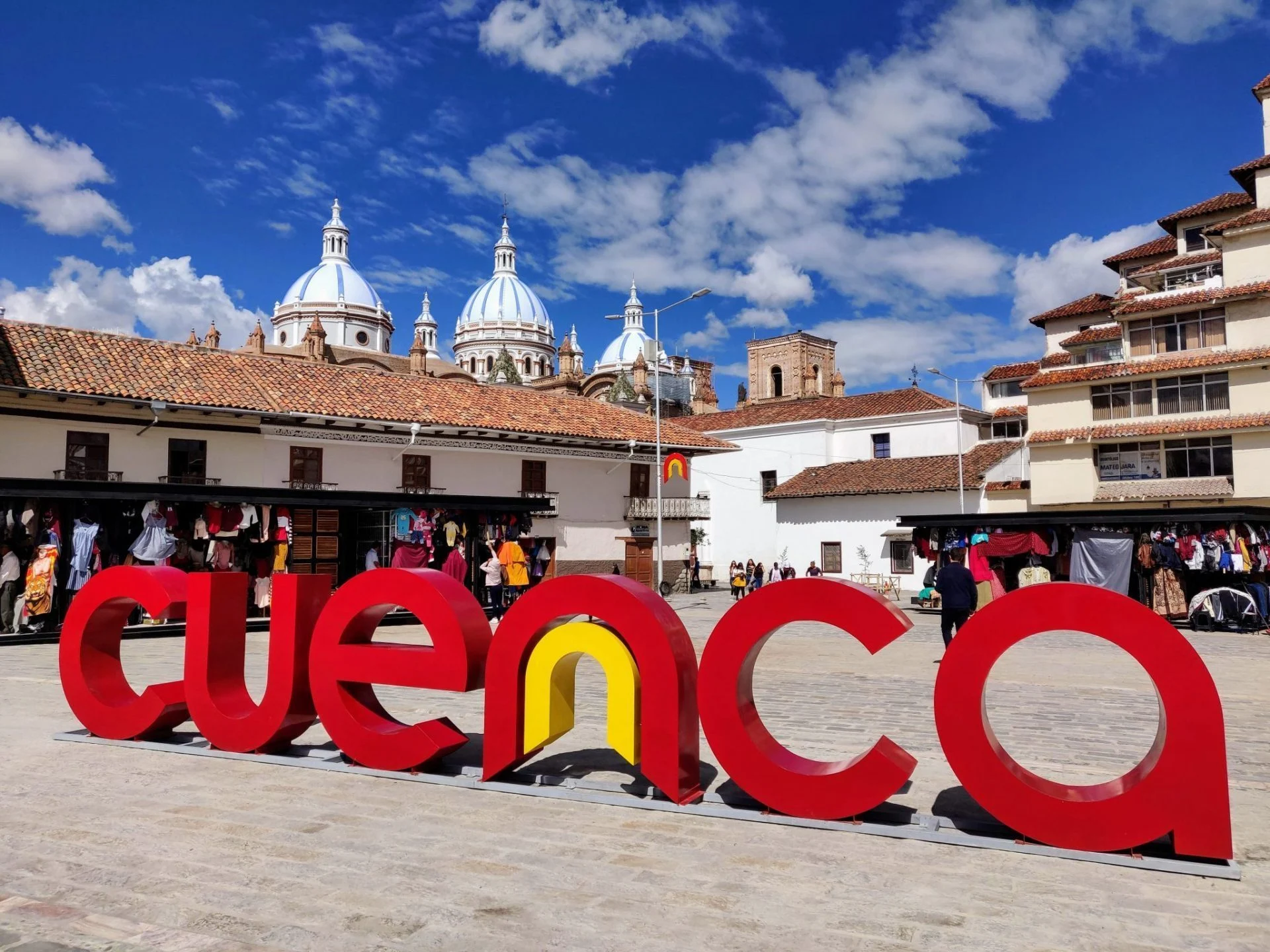
Cuenca
🧠 Fact: A UNESCO World Heritage city known for its well-preserved colonial architecture and vibrant arts scene.
💡 Tip: Stroll along the Tomebamba River and visit local museums to immerse yourself in the city's culture.
Info - Cuenca is one of Ecuador’s most enchanting cities, renowned for its well-preserved colonial charm and laid-back Andean vibe. Recognized as a UNESCO World Heritage Site, Cuenca captivates visitors with its cobbled streets, elegant plazas, and centuries-old churches. The city’s red-tiled roofs and ornate balconies line narrow lanes that open to lively markets and riverside parks. It’s a hub of art, culture, and traditional cuisine, making it a favorite for both travelers and expats. Set at 2,560 meters, Cuenca’s cool, mountain climate complements its rich history, vibrant festivals, and friendly, welcoming atmosphere.
- 📍 Ecuador , Cuenca
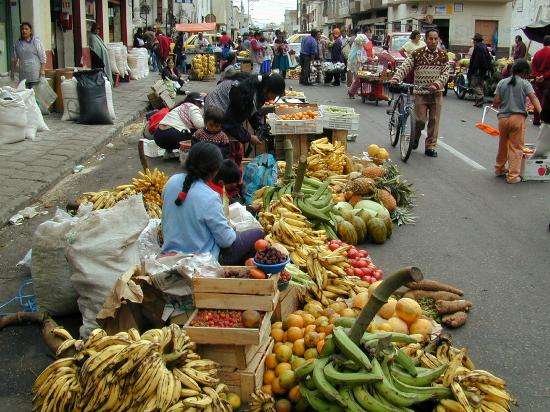
Explore the Riobamba Market
🧠 Fact: A vibrant market offering local produce, textiles, and traditional foods.
💡 Tip: Try the local delicacy, hornado (roast pork), from one of the food stalls.
Info - Riobamba’s markets are a vibrant reflection of Ecuador’s Andean culture. Mercado La Merced and Mercado San Alfonso bustle with stalls selling everything from fresh produce and Andean grains to textiles, pottery, and herbal remedies. Saturdays bring the famous animal market, where locals trade livestock in a lively, colorful gathering. Markets here aren’t just for shopping — they’re a chance to immerse yourself in indigenous traditions, sample street food like hornado (roast pork), and witness age-old barter practices. The lively energy and authentic atmosphere make it a must-experience facet of Riobamba’s cultural life.
- 📍 Ecuador , Riobamba
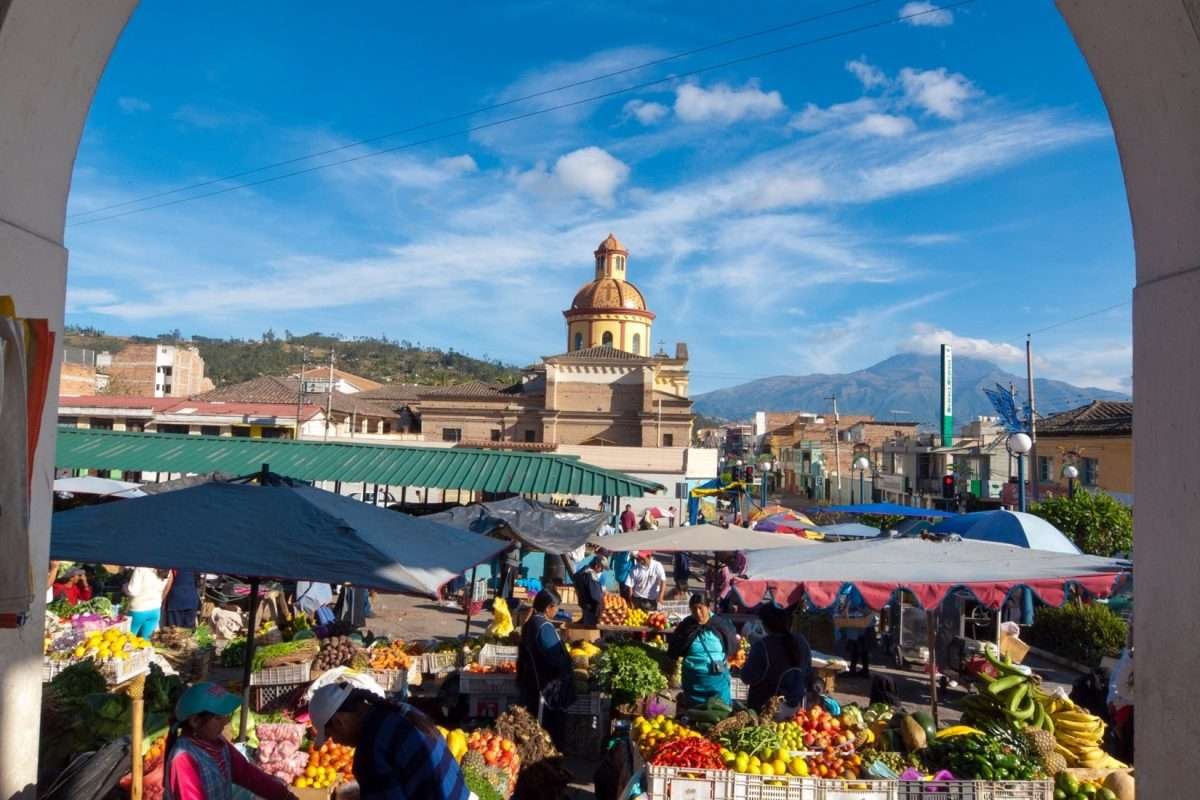
Otavalo
🧠 Fact: : Home to one of South America's most famous indigenous markets, offering textiles, crafts, and local goods.
💡 Tip: Visit on Saturdays for the largest market day, but weekdays offer a more relaxed experience.
Info - Otavalo is a charming highland town in northern Ecuador, famed for its rich indigenous culture and vibrant markets. Surrounded by Andean mountains, including the impressive Imbabura Volcano, Otavalo is a gateway to natural beauty and traditional crafts. The town’s cobbled streets, colonial-era churches, and bustling plazas offer an authentic Andean atmosphere. Visitors come for the local cuisine, friendly atmosphere, and access to surrounding waterfalls, lakes, and ecological reserves. Otavalo’s people, known as Otavaleños, have preserved their distinctive dress, music, and customs, making the town a culturally rich and visually striking stop on any Ecuadorian itinerary.
- 📍 Ecuador , Otavalo
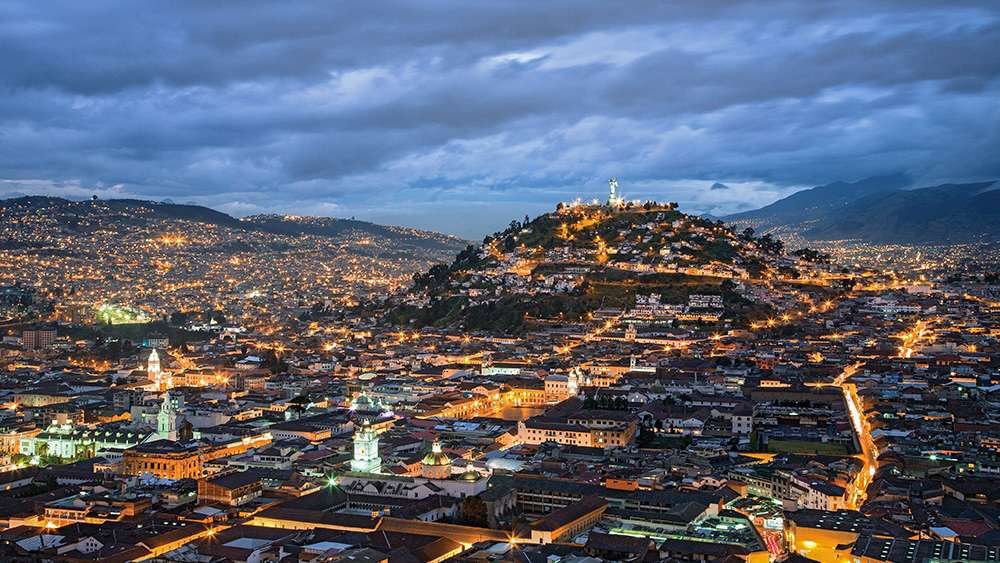
Quito
🧠 Fact: Quito is the second-highest capital city in the world, situated at 2,850 meters above sea level.
💡 Tip: Explore the historic center, a UNESCO World Heritage site, featuring colonial architecture and vibrant plazas
Info - Ecuador’s capital, Quito, is a city of remarkable beauty and cultural depth, nestled high in the Andes at 2,850 meters. It’s famed for its well-preserved colonial architecture, lively plazas, and dramatic mountain backdrop. Quito offers a vibrant mix of old and new — from ancient churches and museums to bustling markets and hip cafés. The city serves as a perfect base for exploring surrounding volcanoes, indigenous villages, and cloud forests. Recognized as a UNESCO World Heritage Site, Quito combines history, Andean tradition, and modern urban life, making it one of South America’s most captivating cities.
- 📍 Ecuador , Quito
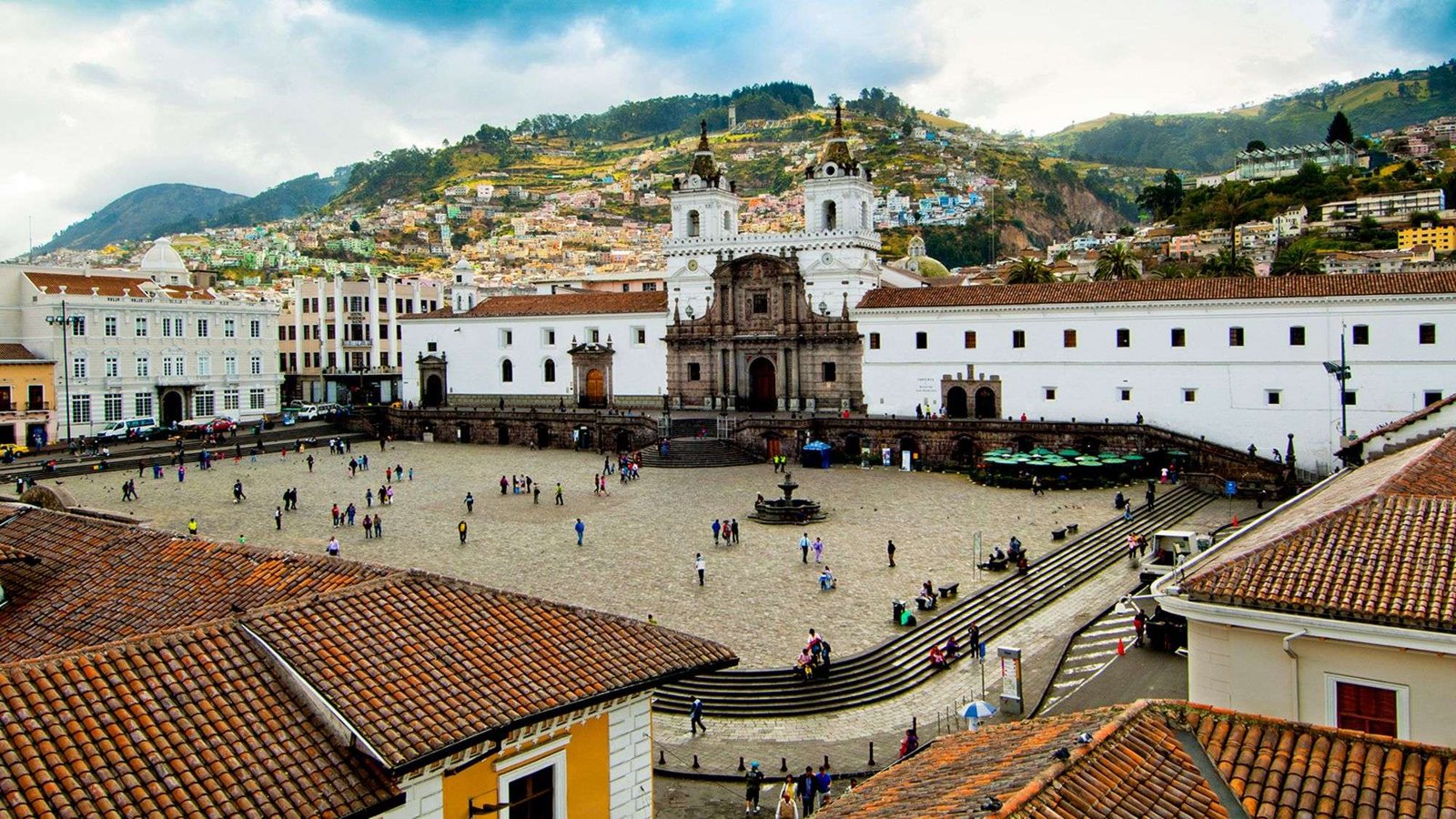
Quito Historic Center
🧠 Fact: Quito's historic center is one of the largest and best-preserved in the Americas.
💡 Tip: Join a guided walking tour to fully appreciate the colonial architecture and history
Info - The Quito Historic Center is one of the best-preserved colonial quarters in Latin America and a UNESCO World Heritage Site. Its cobbled streets are lined with 16th and 17th-century churches, convents, and mansions. Highlights include La Compañía de Jesús, famous for its lavish gold-leaf interior, and the grand Plaza Grande, bordered by the Presidential Palace. The San Francisco Monastery and Basilica del Voto Nacional are other must-sees. Bustling markets and street performers animate the area, while rooftop cafés offer sweeping city views. This atmospheric district feels like a living museum of Ecuador’s colonial past.
- 📍 Ecuador , Quito
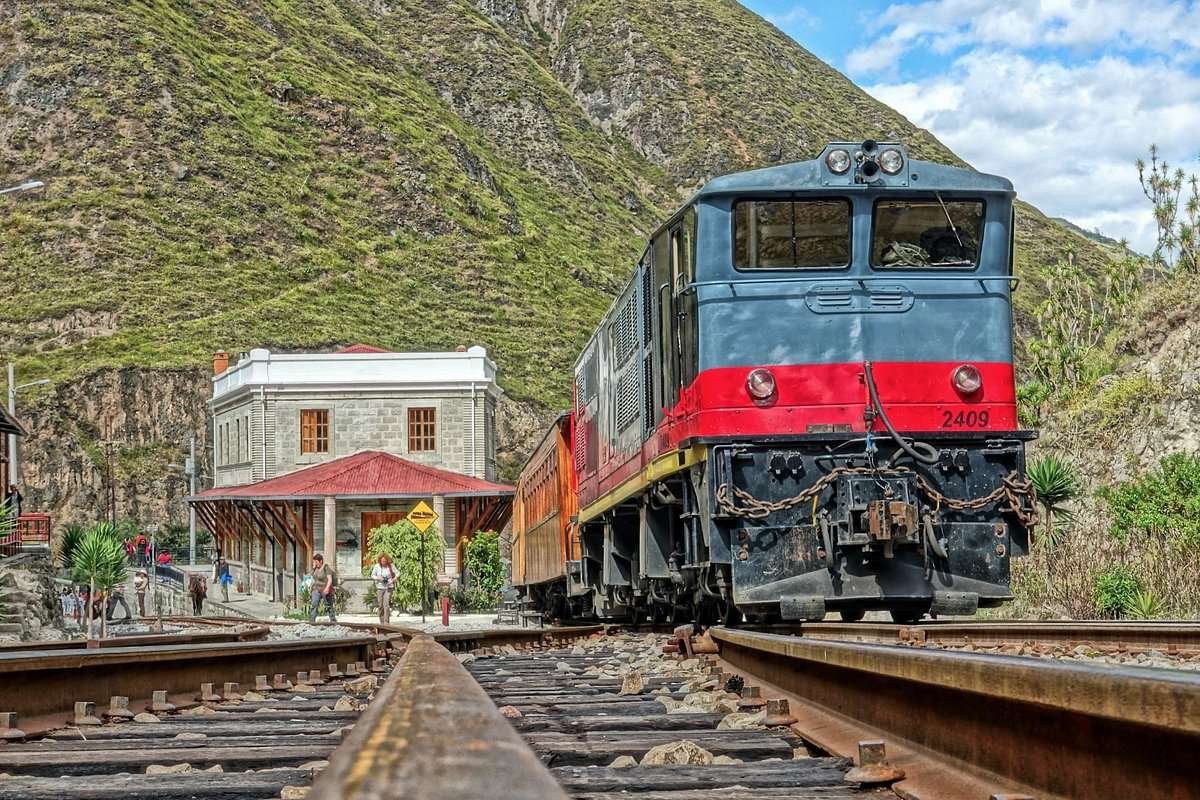
Ride the Devil’s Nose Train
🧠 Fact: An engineering marvel with a zigzag track descending steep slopes.
💡 Tip: Book tickets in advance, as this popular attraction can sell out.
Info - The Devil’s Nose Train, or Nariz del Diablo, is one of Ecuador’s most iconic railway experiences, known for its dramatic switchbacks along a sheer cliff face. Starting from Alausí near Riobamba, the route descends through tight mountain gorges and zigzags down steep slopes. The engineering marvel was designed to conquer the Andes’ most challenging terrain. Today, it’s a heritage tourist ride offering panoramic views of river valleys, rugged canyons, and Andean villages. The journey includes cultural performances and stops at local markets, making it a thrilling mix of history, scenery, and tradition.
- 📍 Ecuador , Riobamba
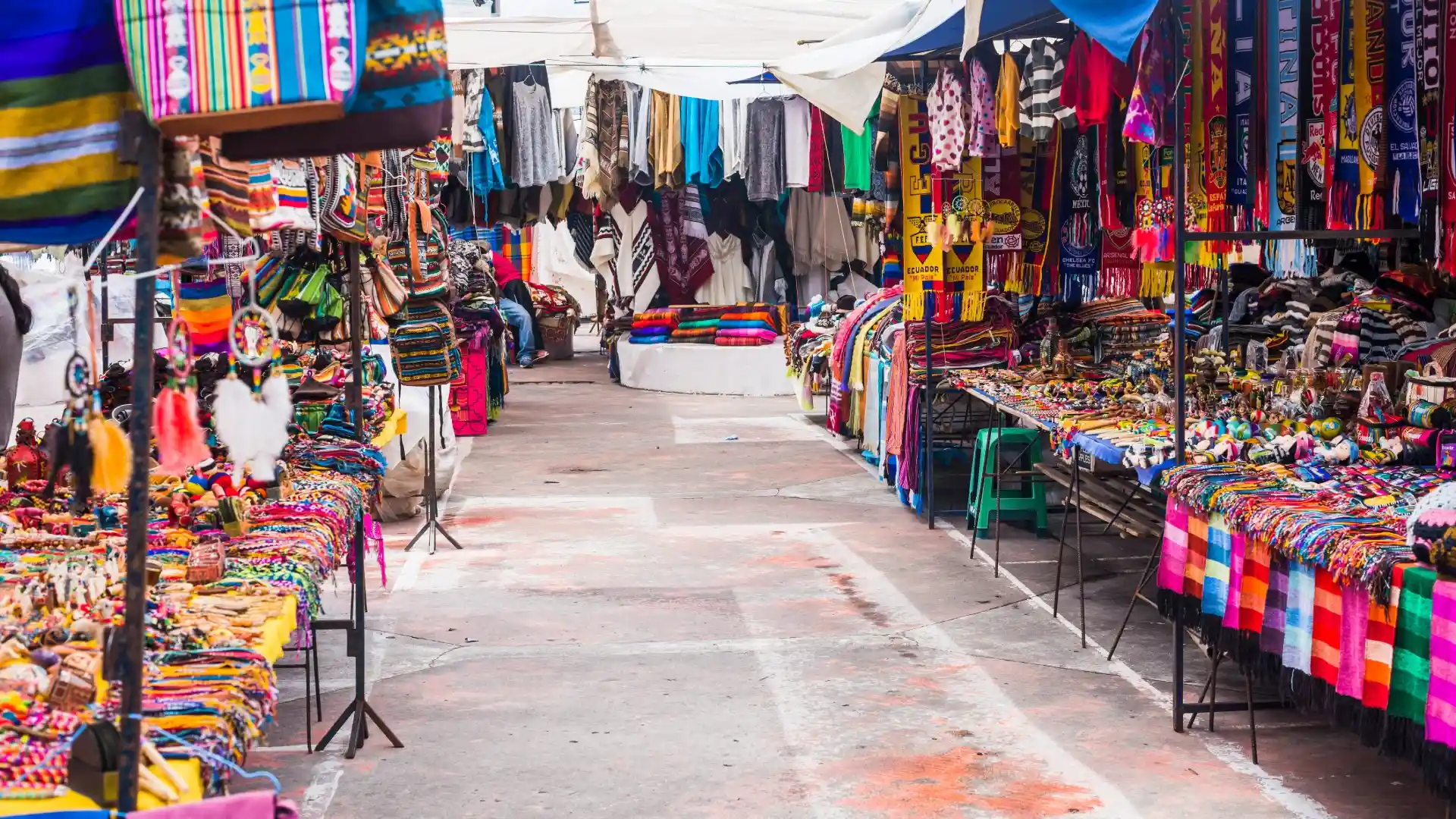
Shop at Otavalo Market
🧠 Fact: One of the largest indigenous markets in South America, renowned for textiles and crafts.
💡 Tip: Visit on Saturdays for the most extensive market experience.
Info - Otavalo Market is one of South America’s largest and most famous indigenous markets, held daily in the town’s Plaza de los Ponchos. Saturday is the biggest market day, when hundreds of stalls overflow with brightly colored textiles, alpaca wool garments, handmade jewelry, leather goods, and traditional musical instruments. It’s an ideal place to pick up souvenirs and witness Ecuador’s rich artisanal traditions. Visitors can also shop for fresh produce, spices, and street food. Beyond shopping, the market offers a chance to interact with Otavaleño artisans, known for their exceptional craftsmanship and vibrant cultural heritage.
- 📍 Ecuador , Otavalo

Tour the Historic Center
🧠 Fact: A UNESCO World Heritage site known for its colonial architecture and cobblestone streets.
💡 Tip: Visit the New Cathedral and climb to the dome for panoramic city views.
Info - Cuenca’s Historic Center is a treasure trove of colonial architecture and cultural landmarks. Wander through Plaza Calderón, where the grand New Cathedral, with its distinctive blue domes, dominates the skyline. Nearby, the 16th-century Old Cathedral houses a fascinating religious art museum. Charming streets lead to bustling markets, artisanal workshops, and flower-filled plazas. Museums, galleries, and cozy cafés fill restored colonial mansions. The district’s narrow lanes and heritage buildings offer a glimpse into Ecuador’s colonial past while remaining alive with music, street art, and everyday city life. It’s an unmissable, atmospheric heart of the city.
- 📍 Ecuador , Cuenca
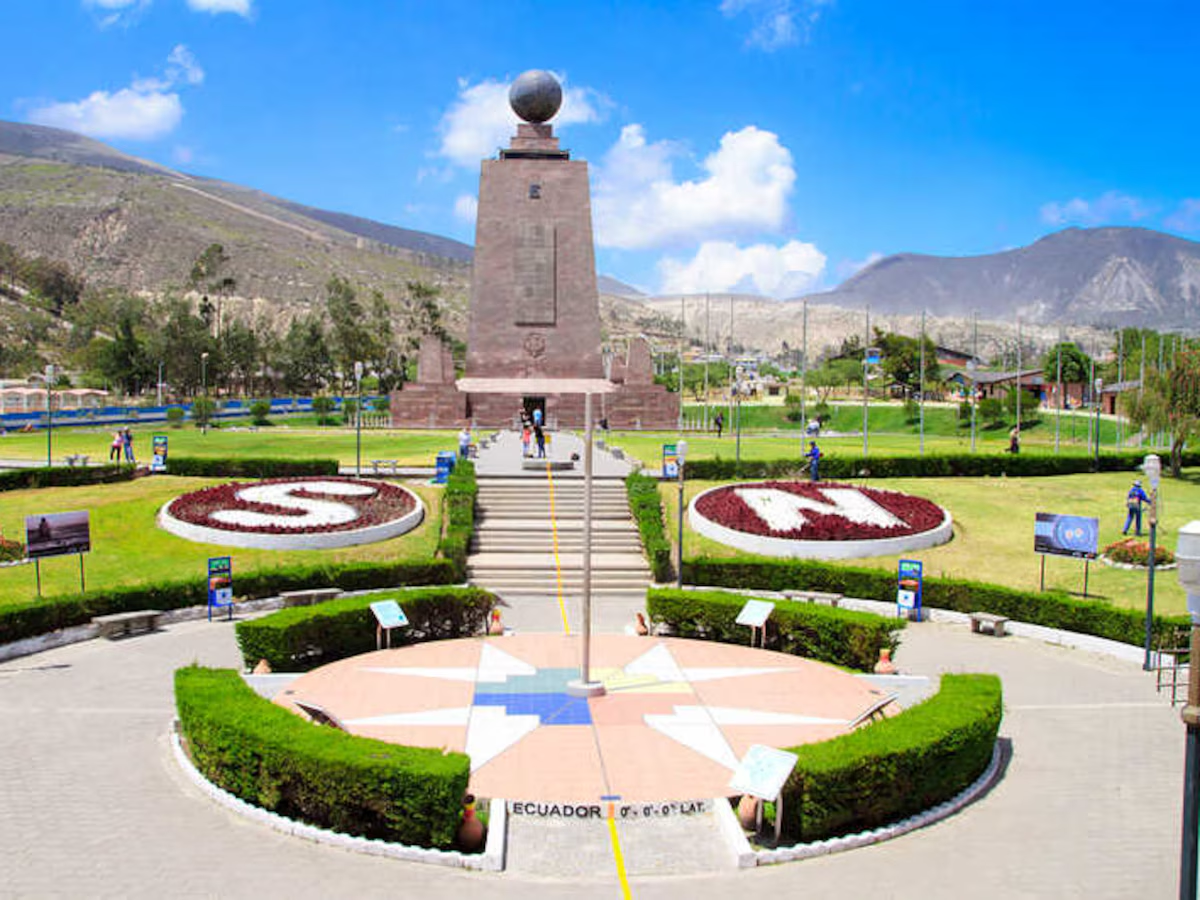
Visit the Middle of the World (Mitad del Mundo)
🧠 Fact: This monument marks the equator line where you can stand with one foot in each hemisphere.
💡 Tip: Explore the interactive museum nearby for engaging science exhibits.
Info - Just north of Quito lies the famous Mitad del Mundo, where you can stand with one foot in each hemisphere. This popular attraction marks the location of the equatorial line, commemorated by a 30-meter monument. While GPS later revealed the true equator lies a few hundred meters away, visitors still flock here for photos, museums, and cultural performances. The nearby Intiñan Museum offers hands-on experiments demonstrating equatorial physics and indigenous traditions. It’s a fun, educational outing and one of Ecuador’s most iconic landmarks, ideal for travelers looking to check off a truly global bucket-list spot.
- 📍 Ecuador , Quito
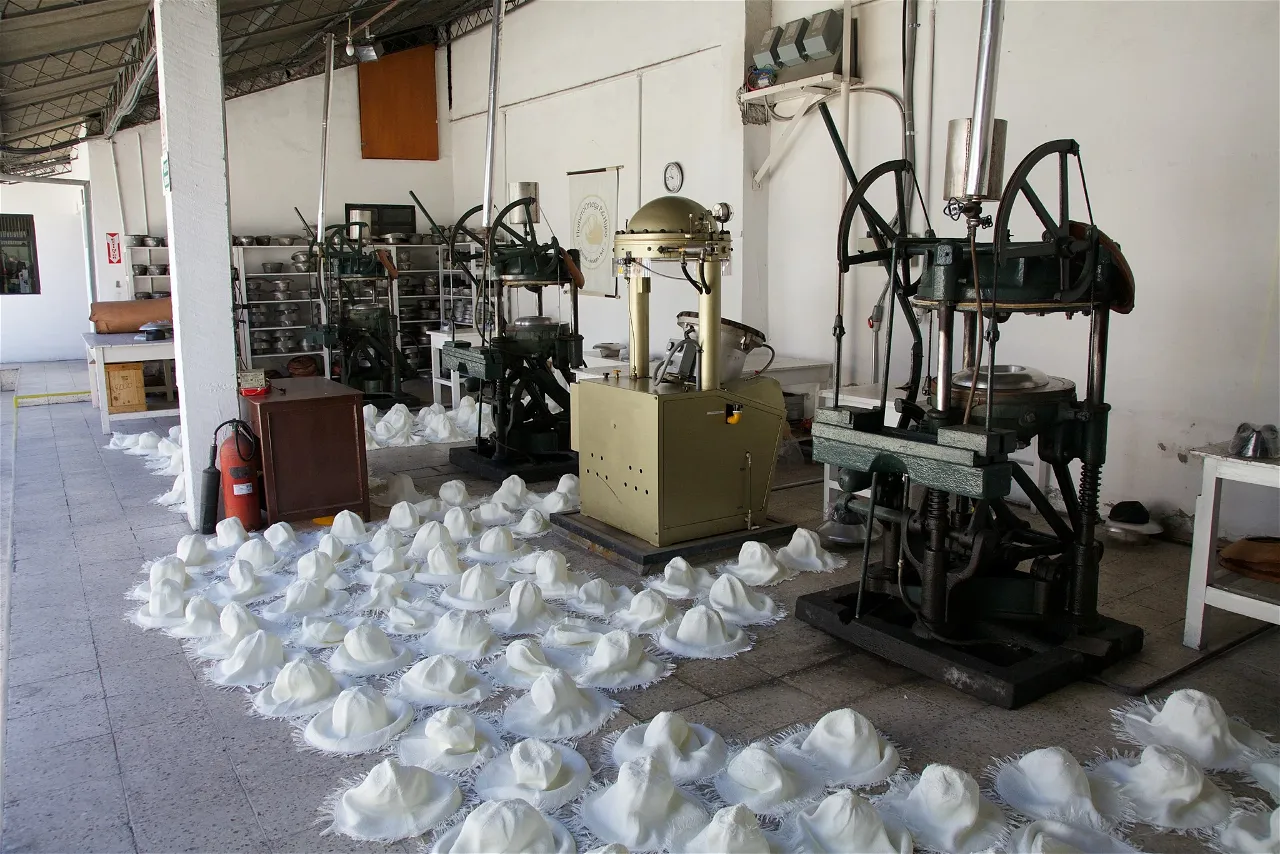
Visit the Panama Hat Museum
🧠 Fact: Despite the name, Panama hats originate from Ecuador, and this museum showcases their history.
💡 Tip: Watch artisans at work and purchase authentic hats directly.
Info - Despite its name, the iconic Panama hat originated in Ecuador, and Cuenca remains one of its key production centers. At the Panama Hat Museum (Museo del Sombrero), visitors can learn about the history, craftsmanship, and cultural importance of this famous accessory. Watch artisans hand-weave toquilla straw into finely made hats, browse antique weaving tools, and explore exhibits on hat-making traditions. The museum also houses a shop selling a wide selection of authentic, locally made Panama hats in various styles. It’s a unique cultural stop celebrating Ecuador’s most famous global export.
- 📍 Ecuador , Cuenca
